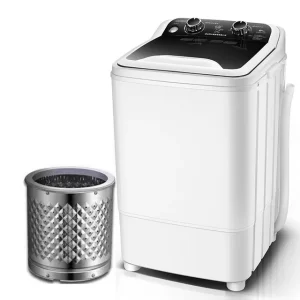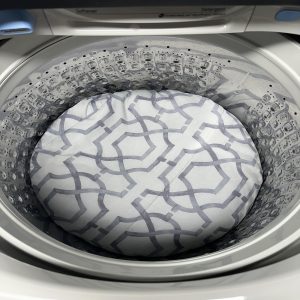Is it okay to sleep with both an air purifier and a humidifier on?
Introduction
Air purifier vs humidifier – In 2024 having clean air and optimal humidity levels in your bedroom can greatly contribute to a restful sleep. Air purifiers and humidifiers are commonly used to improve indoor air quality and promote better respiratory health. But can you safely use both devices together while sleeping? In this guide, we will explore the benefits of using an air purifier and a humidifier in combination, important considerations for nighttime use, and practical tips to help you achieve a comfortable and healthy sleep environment.
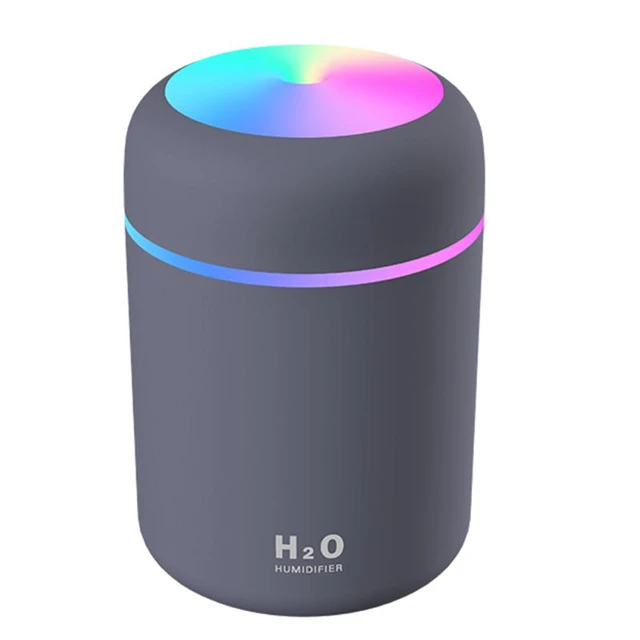
Is it okay to sleeping with air purifier and humidifier?
I. Understanding the Functions of Air Purifiers and Humidifiers
-
Air Purifiers:
- Air purifiers work by filtering and removing airborne pollutants such as dust, pet dander, pollen, smoke particles, and volatile organic compounds (VOCs) from the air. They can improve indoor air quality and reduce the presence of allergy triggers.
-
Humidifiers:
- Humidifiers add moisture to the air, increasing humidity levels to alleviate dryness in the respiratory system and prevent dry skin, irritated nasal passages, and throat discomfort. They can be particularly beneficial during dry seasons or in arid climates.
II. Benefits of Using Air Purifiers and Humidifiers Together
-
Clean and Moisturized Air:
- Combining the use of an air purifier and a humidifier can provide the dual benefit of eliminating airborne pollutants and maintaining optimal humidity levels. This promotes healthier air quality and can help alleviate symptoms of dryness and respiratory discomfort.
-
Allergen Control:
- Air purifiers can capture allergens such as dust mites, pollen, and pet dander, reducing their presence in the air and minimizing allergic reactions. Meanwhile, humidifiers counterbalance the drying effects of air purifiers, preventing excessive dryness that can further trigger allergies or respiratory issues.
-
Enhanced Comfort and Sleep Quality:
- The combination of clean air and optimal humidity promotes a more comfortable sleep environment. It can alleviate congestion, soothe dry nasal passages, and reduce dry throat irritation, contributing to improved sleep quality and a more restful night.
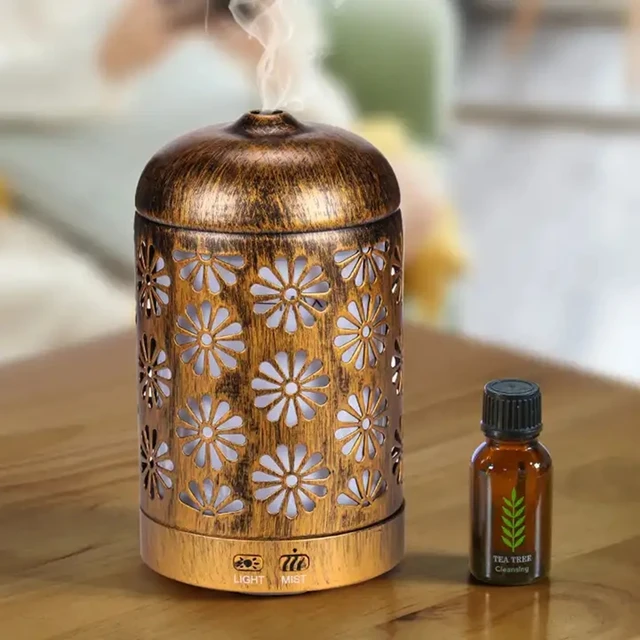
III. Factors to Consider for Safe and Effective Use
-
Air Purifier Placement:
- Position the air purifier away from the humidifier to allow proper air circulation and prevent any interference between the devices. Placing them on opposite sides of the room or at a distance from each other ensures that the air purifier can effectively filter the air in the room.
-
Proper Humidity Level:
- It is essential to monitor and maintain the humidity level in your bedroom. Excessive humidity can promote the growth of mold and mildew, while insufficient humidity can cause dryness and discomfort. Aim for a relative humidity level of around 30-50% to ensure a healthy and comfortable sleep environment.
-
Regular Maintenance:
- Both air purifiers and humidifiers require regular maintenance to ensure optimal performance and prevent the buildup of contaminants. Follow the manufacturer’s instructions for cleaning and filter replacements to maintain the efficiency of both devices.
IV. Tips for Using Air Purifiers and Humidifiers at Night
-
Air Purifier Operation:
- Set the air purifier to operate at a lower fan speed or in sleep mode during the night. This helps reduce noise levels, ensuring a peaceful sleep environment while still maintaining the purifying function.
-
Humidifier Settings:
- Adjust the humidity level of the humidifier according to your comfort level and the specific recommendations for your region or climate. Avoid excessive humidity that may cause condensation or promote the growth of mold or bacteria.
-
Timer Function:
- Utilize the timer function available on many air purifiers and humidifiers to ensure they operate for specific durations during the night. This allows you to control their runtime and customize them to match your sleep schedule.
-
Monitor Indoor Conditions:
- Use a hygrometer to monitor the humidity level in your bedroom. This helps you keep the humidity within a comfortable and healthy range. Adjust the settings of your humidifier accordingly based on the readings from the hygrometer.
-
Clean and Replace Filters:
- Regularly clean or replace the filters in both the air purifier and humidifier as recommended by the manufacturer. This ensures that both devices continue to function effectively and maintain optimal air quality and humidity levels.
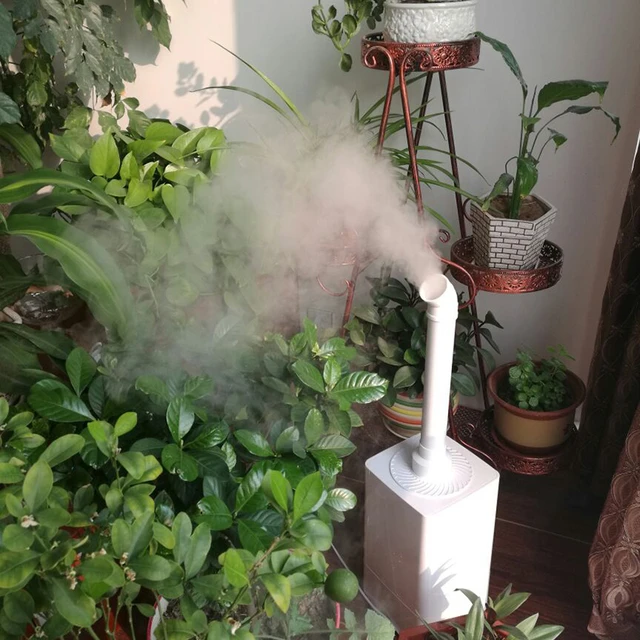
V. Potential Drawbacks and Risks
-
Noise Levels:
- Both air purifiers and humidifiers generate varying levels of noise. While efforts have been made to reduce noise in modern devices, some individuals may still be sensitive to even low noise levels during sleep. Consider devices with lower noise ratings or choose quieter models to minimize disruptions.
-
Maintenance Requirements:
- The combination of air purifiers and humidifiers means additional maintenance tasks. Regular cleaning and filter replacements are essential for both devices to ensure optimum performance and avoid the accumulation of dirt, mold, or bacteria.
-
Risk of Over-Humidification:
- Excessive humidity levels can create a favorable environment for the growth of mold, bacteria, and dust mites. It is crucial to monitor the humidity levels and avoid surpassing the recommended range to prevent these potential health risks.
VI. Personal Considerations and Preferences
-
Individual Sensitivities:
- Each person may have different sensitivities and preferences when it comes to air quality and humidity levels. It is essential to monitor how your body responds to the combination of air purifiers and humidifiers and adjust settings accordingly.
-
Climate and Environmental Factors:
- Consider your local climate and environmental conditions when determining the optimal use of air purifiers and humidifiers. Areas with high pollen counts, pollution, or dry climates may benefit more from using both devices together.
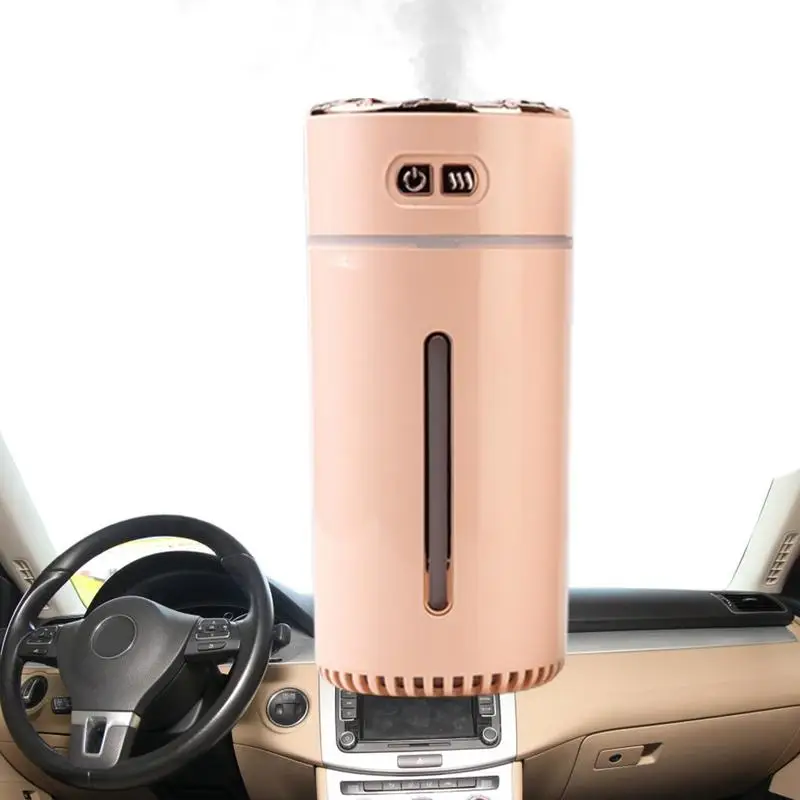
VIII. Alternative Solutions for Air Purification and Humidification
-
Combination Devices:
- If you prefer a streamlined solution, you can consider investing in combination devices that incorporate both air purifier and humidification functions. These devices are designed to work harmoniously, offering the benefits of both air purification and optimal humidity levels in a single unit.
-
Hybrid Devices:
- Some modern devices combine the features of air purification and humidification into a single hybrid unit. These devices are engineered to provide the benefits of both functionalities without the need for separate devices. They can be a convenient option for those looking to minimize the number of appliances in their sleep environment.
-
Open Windows or Ventilation:
- In certain climates or under specific circumstances, opening windows or promoting natural ventilation can help improve indoor air quality. Fresh outdoor air can dilute pollutants and bring in natural humidity. However, this option may not be practical during periods of high pollution or extreme weather conditions.
-
Houseplants:
- Indoor houseplants can naturally purify the air by absorbing carbon dioxide and releasing oxygen. Selecting specific types of plants, such as spider plants, peace lilies, or snake plants, can help improve air quality and add a touch of greenery to your sleep environment. However, note that plants alone may not provide enough purification or humidity control for larger spaces or specific respiratory concerns.
Air Purifier – air purifier vs humidifier:
An air purifier is designed to remove airborne particles such as dust, pollen, pet dander, mold spores, and other allergens from the air. It typically works by pulling air through a series of filters that trap these particles, thereby improving indoor air quality. Here are some key benefits of using an air purifier:
- Allergen Reduction: Especially beneficial for individuals with allergies or respiratory conditions, as it reduces allergens that can trigger symptoms.
- Airborne Particle Removal: Helps eliminate dust and other particles that can contribute to respiratory irritation and discomfort.
- Odor Control: Some air purifiers also feature activated carbon filters that absorb odors, improving overall indoor air freshness.
Humidifier – air purifier vs humidifier:
A humidifier, on the other hand, adds moisture to the air, which can be particularly useful in dry environments or during winter months when indoor heating can lead to excessively dry air. Here are the main benefits of using a humidifier:
- Relief from Dryness: Helps alleviate dry skin, dry throat, and nasal passages, which can be uncomfortable during dry weather or in heated indoor spaces.
- Respiratory Comfort: Adds moisture to the air, which can soothe respiratory symptoms such as coughing and congestion.
- Improved Sleep Quality: Proper humidity levels can promote better sleep by preventing dryness that may cause irritation and disrupt sleep.
Using Both Devices Together – air purifier vs humidifier:
Combining an air purifier and a humidifier can create an optimal indoor environment for sleep, provided they are used correctly and with consideration for your specific needs:
- Complementary Benefits: While an air purifier cleans the air of particles and allergens, a humidifier adds moisture to improve comfort and respiratory health.
- Maintenance: Ensure both devices are properly maintained. Clean your air purifier filters regularly according to the manufacturer’s instructions to maintain efficiency. Similarly, clean your humidifier to prevent the growth of mold or bacteria in the water reservoir.
- Placement: Position the devices appropriately in your bedroom. Place the air purifier where it can effectively circulate and filter the air, and the humidifier where it can disperse moisture evenly without causing condensation.
- Monitoring: Monitor indoor humidity levels with a hygrometer (humidity monitor) to ensure they remain within the recommended range (usually between 30-50% relative humidity) for comfort and health.
Considerations – air purifier vs humidifier:
- Noise: Some air purifiers and humidifiers can produce noise during operation, which may affect your sleep. Choose models known for quiet operation if noise is a concern.
- Health Conditions: Individuals with specific health conditions should consult healthcare professionals for personalized advice on using these devices.
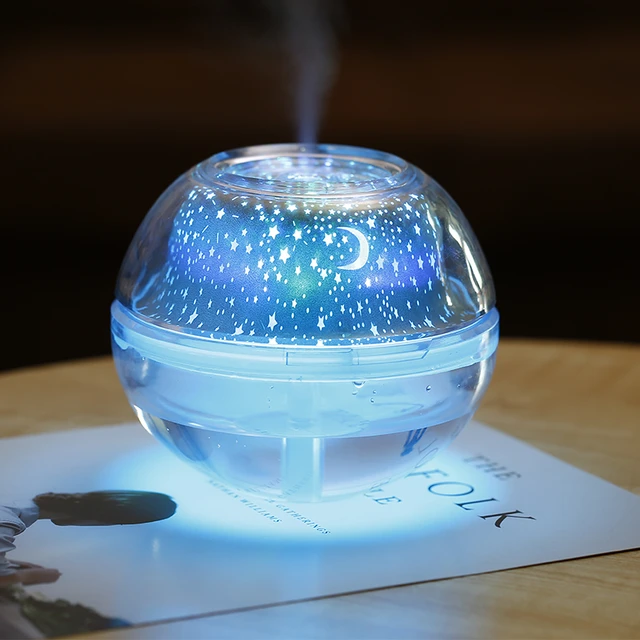
VII. Conclusion: Achieving a Comfortable Sleep Environment
Using an air purifier and a humidifier together can provide numerous benefits for a comfortable and healthy sleep environment. The combination promotes clean air, balanced humidity levels, and reduced allergens, enhancing sleep quality and overall well-being. However, it is crucial to consider factors such as device placement, humidity level management, regular maintenance, and personal sensitivities to ensure safe and effective use.
Regularly assess your sleep environment, monitor indoor conditions, and make adjustments as necessary to optimize the use of air purifiers and humidifiers. By creating a harmonious balance between these devices, you can achieve a restful night’s sleep, enjoying the benefits of clean and moisturized air.
